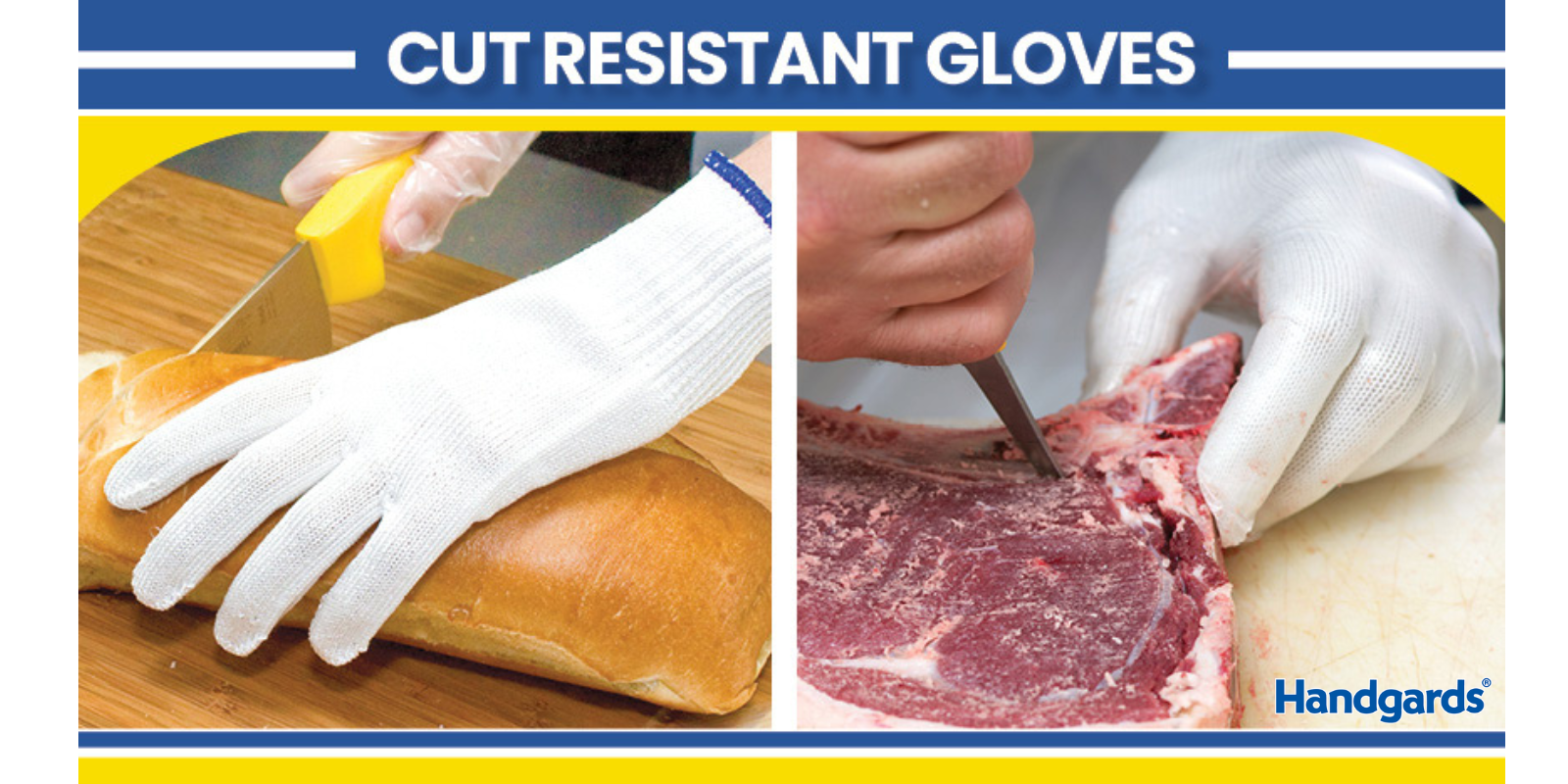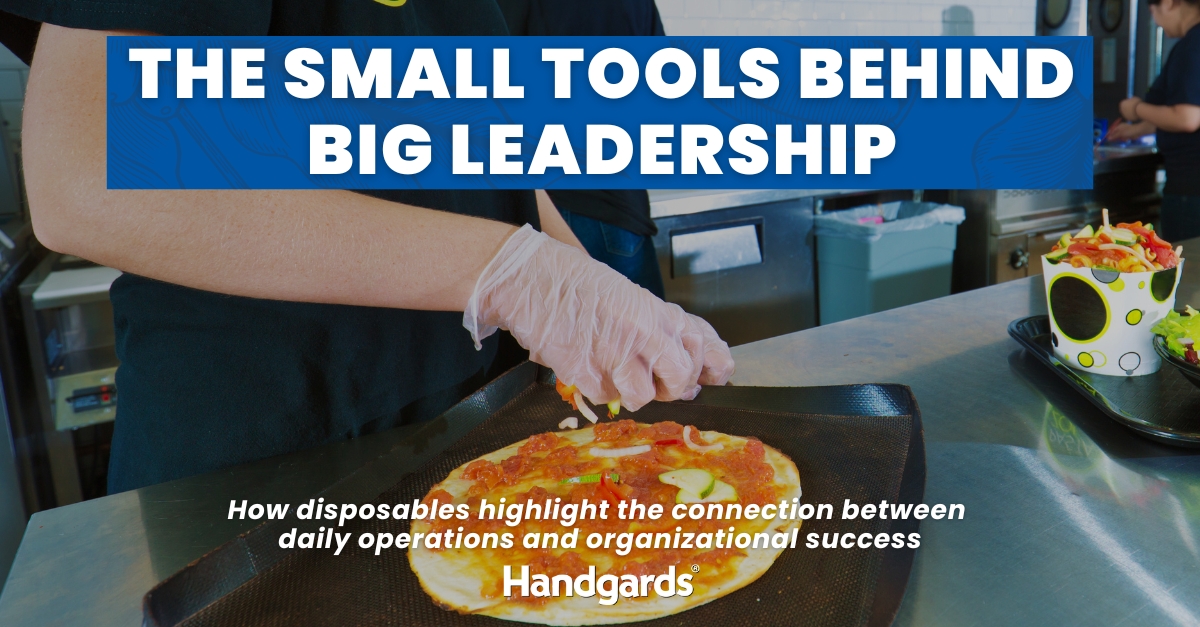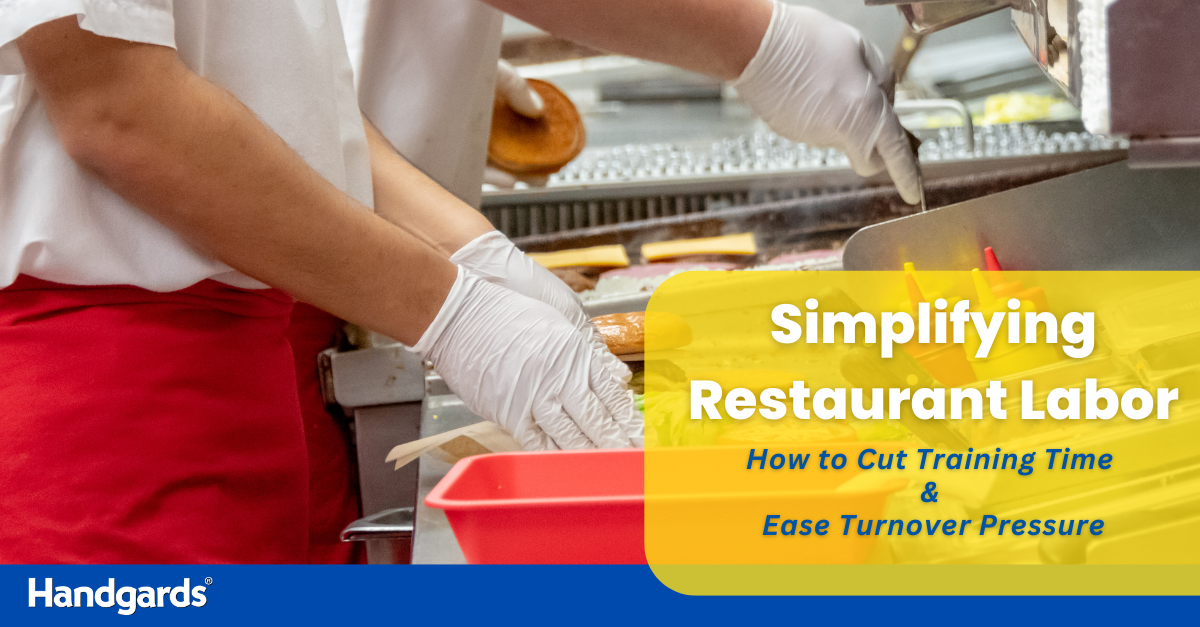Preventing Common Restaurant Injuries
In the hustle of a busy kitchen, knives fly, prep moves fast, and safety often slips through the cracks. But when hand injuries are sidelining thousands of foodservice workers each year, it’s clear: we need to sharpen our safety game. The fix? Start with the most important tool in the kitchen, your hands – and cut-resistant gloves. One of the most overlooked and easily addressed risks in any foodservice operation are hand injuries from cuts, lacerations, and punctures.
According to data from the U.S. Bureau of Labor Statistics (BLS), the rate of injuries and illnesses per 100 full time workers in Food Services and Drinking Places (NAICS 722) food and beverage decreased from 3.0 to 2.4 between 2022 and 2023[i]. Within this data, certain injury types must stand out – particularly cuts, lacerations, punctures, and thermal burns, which are disproportionately high in special food services such as catering and fast-paced kitchens.
Cut Injuries: A Persistent, Preventable Threat
Whether it’s from slicing vegetables, breaking down proteins, or opening packaging with a box cutter, cuts and lacerations are among the most common restaurant injuries. These injuries not only sideline workers but also increase insurance costs, disrupt operations, and can lead to cross-contamination in some cases if not handled swiftly and hygienically.
The good news? These injuries are highly preventable.
Cut-Resistant Gloves: A Simple, Effective Line of Defense
One of the most effective ways to reduce hand injuries in the kitchen is with Handgards reusable cut-resistant gloves, especially during prep tasks involving sharp tools**. Designed with high-performance Spectra and polyester fibers, these gloves protect against accidental contact with knives and slicers without sacrificing dexterity or comfort.
Our cut-resistant gloves are washable and ambidextrous, making them a practical addition to a commercial kitchen’s toolkit. Handgards cut-resistant reusable gloves are white with a color-coded cuff for easy size identification. When used consistently, cut-resistant gloves can:
- Reduce the risk of deep lacerations and punctures
- Minimize downtime from preventable injuries
- Improve employee confidence and morale
- Support a culture of safety compliance
They’re also increasingly affordable, especially when compared to the cost of missed shifts, medical bills, and workers’ compensation claims.
Power Combo: Nitrile Disposable Gloves and Cut-Resistant Gloves
For another layer of protection, wearing cut-resistant gloves over Handgards nitrile gloves is a smart, layered approach that balances safety with dexterity, two essentials in any fast-moving kitchen. Nitrile gloves provide a snug, tactile fit that allows for precision handling of food, tools, and utensils, while the outer cut-resistant layer adds protection against sharp blades and equipment. This combo reduces the risk of lacerations without sacrificing the feel and flexibility chefs and prep cooks rely on. It’s a simple upgrade that enhances grip, hygiene, and confidence, all while keeping hands protected and operations running smoothly.
Safety Culture Begins with Daily Habits
Preventing injuries in restaurants doesn’t require massive overhauls, just smarter choices. Providing cut-resistant gloves is a simple, tangible step that sends a clear message: “Your safety matters here.” Pair that with regular safety training and easy access to proper equipment, and you can build a stronger, safer team.
As injury rates continue to challenge the industry, especially in kitchens where the pace is unforgiving, it’s time to treat safety as essential, not optional. Because the real cost of injury isn’t just medical—it’s operational, reputational, and personal.
Make safety your daily special. Equip your team with the right tools, starting with cut-resistant gloves, and build a workplace where everyone thrives.
**WARNING: These gloves are designed to be cut resistant, NOT CUT PROOF. Please take all necessary precautions and safety measures when using this glove.
[i] Census of Fatal Occupational Injuries – 2023 Note: These figures indicate a notable improvement in workplace safety within the industry over the one-year period. However, it’s important to note that the BLS implemented a series break in 2023 due to the adoption of the 2022 North American Industry Classification System (NAICS) which may affect direct comparisons with data from previous years.




